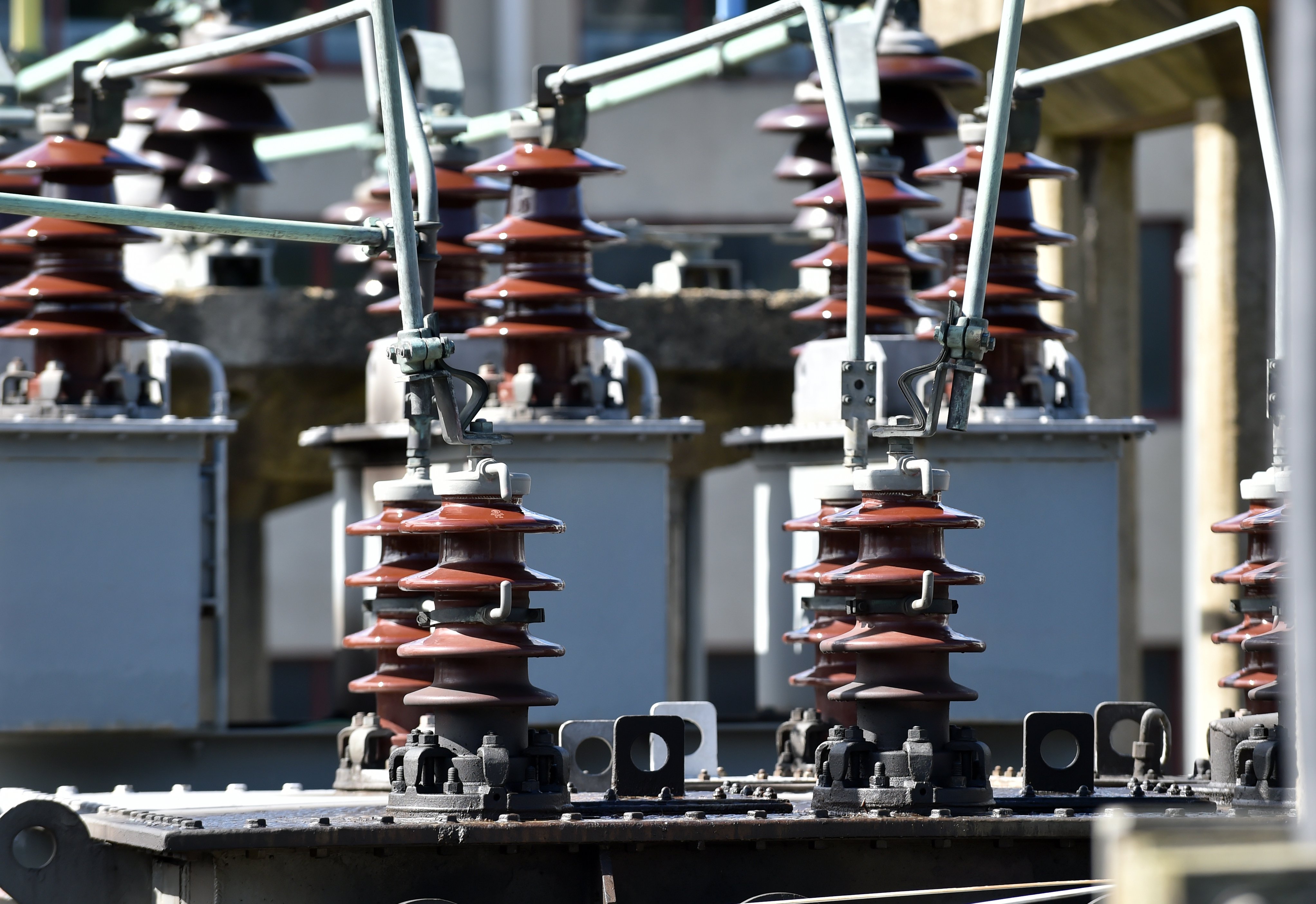
The lines company plans to decommission outdoor 33kV and 11kV switchgear at the Alexandra site and replace it with modernised equipment that will be housed indoors.
Aurora customer and commercial services general manager Mark Pratt said the project would improve safety and reliability for customers in Alexandra.
"Once the replacement of the switchgear has been completed later this year, we will also be able to better utilise a new backup feeder between the Alexandra and Clyde/Earnscleugh substations, which helps transfer load when needed, providing more options when undertaking planned maintenance or during outages."
Mr Pratt stopped short of promising fewer winter blackouts, saying there were factors outside the lines company’s control.
"It is not possible for us to predict this, as they can also be caused by major weather events and third-party interactions such as vehicles hitting power poles," he said.
"Overall, we are seeing reliability levels improve and the number of unplanned power outages trending downwards. This reflects the investment we have been making in our network."
The planned Alexandra upgrades follow a $3.1m investment at the Omakau substation, where work was completed in February.
Mr Pratt said the system there was now fully automated, with supply capacity doubled.
"We have reconfigured the network into four new feeders — previously there was only one feeder. This will help minimise the number of customers impacted by unplanned power outages, depending on the location of the fault, and provides more options for planned maintenance on the network."
Earlier in the year, and elsewhere on its network, Aurora used drones to inspect 748 power poles located on tough terrain between Alexandra and Roxburgh.
"The results have been reviewed, with defects identified as priority having been remediated accordingly — these included damaged insulators," Mr Pratt said.
"We have also considered improved animal protection as part of the inspection review."
Meanwhile, a new dashboard launched by the Electricity Authority revealed the average retail power price for rural Otago consumers was 20% higher than the national average, with consumers in Cromwell, Alexandra and surrounds paying more per unit than their counterparts in Dunedin and Queenstown.
Authority retail and consumer general manager Andrew Millar said the dashboard was aimed at supporting households and businesses to make informed decisions about their power use and costs by providing them with better information.
"Greater retail price transparency will enable consumers to understand where their power use and costs sit against the average in their region. We hope the new dashboard will encourage people to compare their power use and costs against the averages and see if there’s an opportunity to reduce their power bill."
The authority sought price increase information from retailers in response to this year’s increase in lines charges, which saw an average jump to a household’s monthly bill of $10, while some rural regions face increases of up to $25.
"We think it’s important to understand the impact these increased lines charges have had on power bills by region and to make this information publicly available," Mr Millar said.
A pricing snapshot provided by the authority in mid-February showed Cromwell and Alexandra consumers were paying 42.85 c/kWh, compared to 35.54 in Dunedin and 36.89 in Queenstown.
Mr Pratt pointed out charges from the lines company accounted for only a portion of the end price paid by consumers.
He said the costs associated with operating the network in Central Otago were spread over a smaller number of customers, which bumped up bills.
"It is worth noting that Aurora Energy’s line charges for the Central network, while being higher than the national average, are similar to charges applied elsewhere where there are similar network characteristics and similar customer densities."












